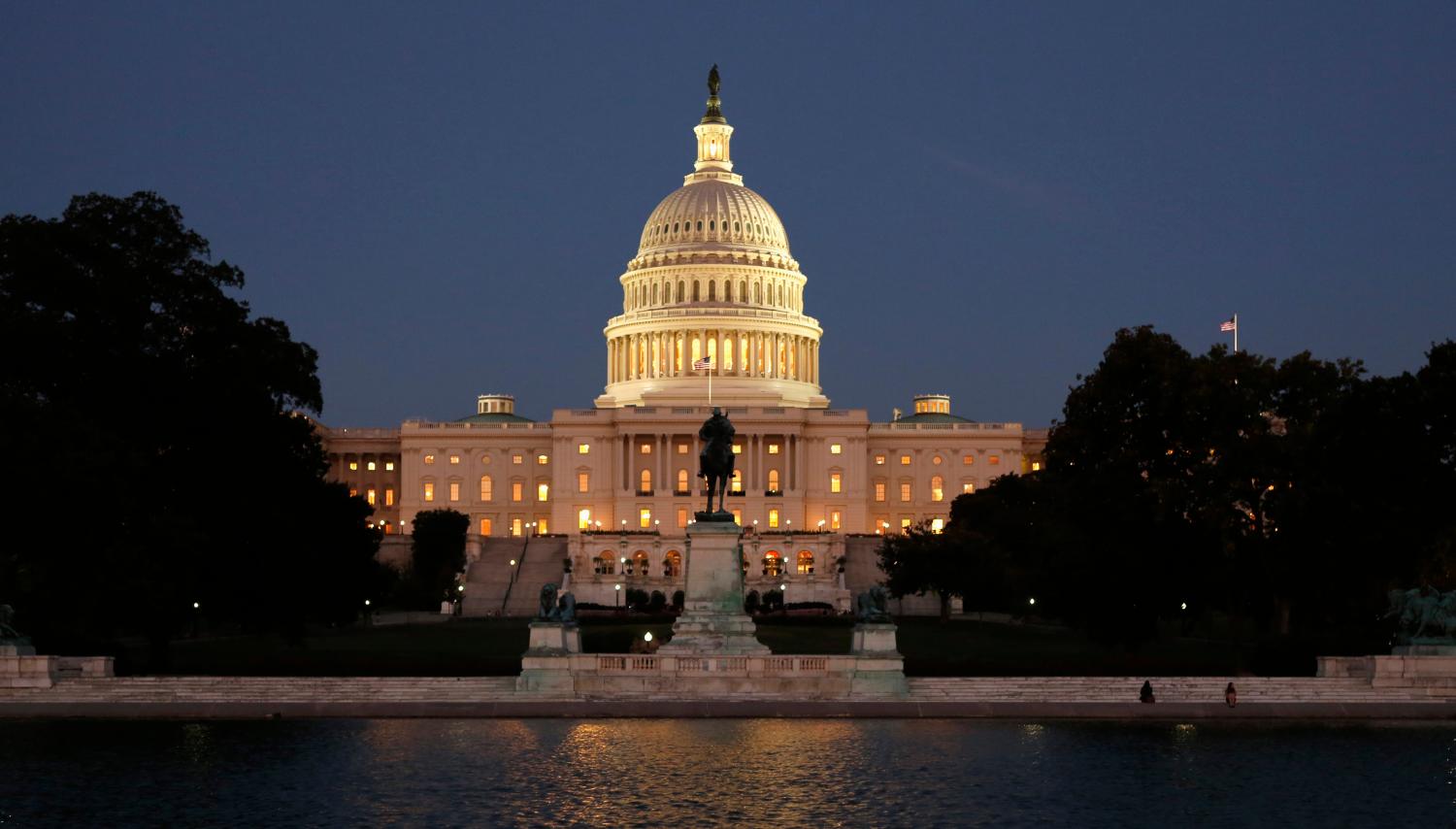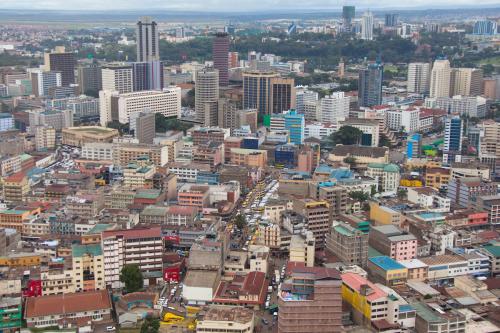Greater Washington is one of the largest and wealthiest regional economies in the world. Much of its current prosperity stems from its status as capital of the world’s leading advanced economy. But the region’s economic growth has slowed markedly in recent years, and the federal government is becoming a less reliable contributor to Greater Washington’s current and future prosperity. Leaders in many other U.S. regions that face similar economic headwinds are taking active steps to understand and enhance their competitive position and connections in a growing global economy. This report, developed as part of the Global Cities Initiative, a joint project of Brookings and JPMorgan Chase, provides a framework for Greater Washington to better understand its performance and position on key indicators of global engagement, offering information and insights to help regional leaders more actively shape the region into a competitive and prosperous global marketplace. Its key findings include:
Greater Washington is a prosperous region, but its economic growth has slowed. The Greater Washington region, which includes 6 million people across three states and the District of Columbia, is one of the largest and wealthiest economies in the United States and worldwide. Its more than $400 billion economic footprint relies heavily on services, particularly the federal government, which through direct employment and other spending accounts for 38 percent of regional output. That reliance on government poses a challenge for growth, however. As the effects of anti-recessionary federal stimulus spending wore off and federal “sequestration” budget cuts kicked in, output growth in the region slowed to well under the national average from 2008 to 2014, and anemic job growth occurred in lower-paying sectors. Increasing pressures on federal domestic discretionary spending mean that failure to diversify the regional economy and build new areas of competitive strength may threaten Greater Washington’s long-run prosperity.
Greater Washington’s economy could benefit from a more deliberate global orientation. Over the next five years, 86 percent of global economic growth is projected to occur outside the United States. In a growing number of U.S. metropolitan areas, cross sector groups of leaders are organizing to capture the economic benefits associated with increased global engagement, focusing in particular on boosting local advanced industries, exports, and foreign direct investment (FDI). Efforts among public- and private sector leaders to reduce Greater Washington’s structural dependence on federal spending can explore strategies to re-orient its considerable local assets not only beyond government, but toward opportunities beyond the nation’s borders.
Greater Washington has a considerable presence in advanced industries, but those sectors are growing slowly and lack industrial diversity.Compared to nine other peer regions around the United States, Greater Washington ranks third in the share of its jobs in research- and technology-intensive “advanced” industries that embody the traded core of the economy. However, the region ranked only seventh in the growth rate of advanced industry jobs from 2008 to 2014, and actually saw those jobs shrink in Fairfax County/Falls Church, the metro area’s most important advanced industry center. This may reflect two potential weaknesses of advanced industries in Greater Washington. First, they are minimally diversified; just five of the 50 industries identified as “advanced” nationally account for 87 percent of the region’s advanced industry jobs. Second, they rely heavily on federal spending, with federal revenues representing 64 percent of all revenues in those sectors in 2014.
Exports make up a relatively small share of Greater Washington’s economy. While Greater Washington boasted $27 billion in exports and 220,000 related jobs in 2014, mainly in services, that represented only 6 percent of its total GDP, second smallest among its peer regions and 95th smallest among the 100 largest U.S. metro areas. The outsized role of the federal government contributes to exports’ smaller regional economic footprint, as does the orientation of its exports toward lower-paying sectors such as travel and tourism.
FDI is increasing in Greater Washington, but relatively few of the region’s foreign-owned firms operate in advanced industries. Greater Washington is about average in the share of its jobs in foreign owned establishments (5.4 percent, representing 112,000 jobs), but in contrast to many of its peer regions that share has increased over the past decade, primarily through mergers and acquisitions activity. FDI can boost local trade capacity and job quality, but its benefits may be attenuated in Greater Washington because a below-average share of its foreign firms are in advanced industries. While large numbers of jobs in the region’s foreign-owned firms are in advanced sectors such as computer systems design, engineering, and pharmaceuticals, grocery stores employ more local workers in foreign-owned establishments than any other industry.
Greater Washington possesses strong underlying assets to fuel increased trade and investment, but they could be better leveraged toward more purposeful global engagement. Innovation, talent, and infrastructure are the core regional assets that ultimately power trade and investment potential. In each of these areas, Greater Washington possesses important strengths, but also considerable opportunities to increase the contributions these assets make to the region’s global competitiveness and connections.
Despite its overall research emphasis, Greater Washington lags its peers on the production of high-value technology patents. Among peer regions Greater Washington ranked ninth in its per-capita production of tech patents from 2008 to 2012, and saw patenting activity in core sectors such as life sciences and information technology erode from a decade prior. Moreover, the region has few private-sector firms among its top patent creators, suggesting possible limits to the global commercial value of its innovative technologies. Local universities could provide a greater stimulus to private-sector technology innovation, but under perform relative to peers in other regions on measures of scientific impact and industry engagement. Nonetheless, significant recent growth in venture capital investment in the region, particularly in advanced industries, bodes well for Greater Washington’s future innovation potential.
Greater Washington’s workforce, including foreign-born individuals, is unrivaled in its levels of educational attainment. A higher share of Greater Washington’s adults possess a college degree not only relative to peer regions, but also compared to all other major U.S. metro areas. Moreover, the region has more highly educated immigrant adults than its peer regions, conferring a potential advantage in helping the region expand its global networks. Local employers seek highly educated workers for specialized STEM occupations, and exhibit strong demand for highly skilled foreign workers through the H-1B visa program. Still, benchmarks suggest that Greater Washington’s colleges and universities could do more to attract and capitalize on the talents and connections of foreign students.
Greater Washington is a major global aviation center, but its residents face long commutes. In 2014, the region’s two major airports (Ronald Reagan and Dulles) moved 57 million passengers, second-highest among peer regions. Baltimore/Washington International accounted for another 35 million passengers across the mega-region. Greater Washington also ranked second in the share of those passengers (18 percent) arriving from or traveling to international destinations. However, passengers have grown only 3 percent over the past decade, just eighth-highest among peer regions. And within the region, Greater Washington exhibits the slowest average commute time among its peers. Strengthening infrastructure connections globally while improving connectivity regionally could facilitate increased global trade and investment in Greater Washington.
Although Greater Washington faces unique challenges to its future economic prosperity, many other major city-regions confront similar uncertainties around their growth prospects. This analysis, and the several examples it describes of intentional global strategies other U.S. markets are taking, suggest that now may be the time for Greater Washington’s leaders to consider adopting a more coordinated, purposeful, region-scaled stance to identify and seize global opportunities for the local economy.



